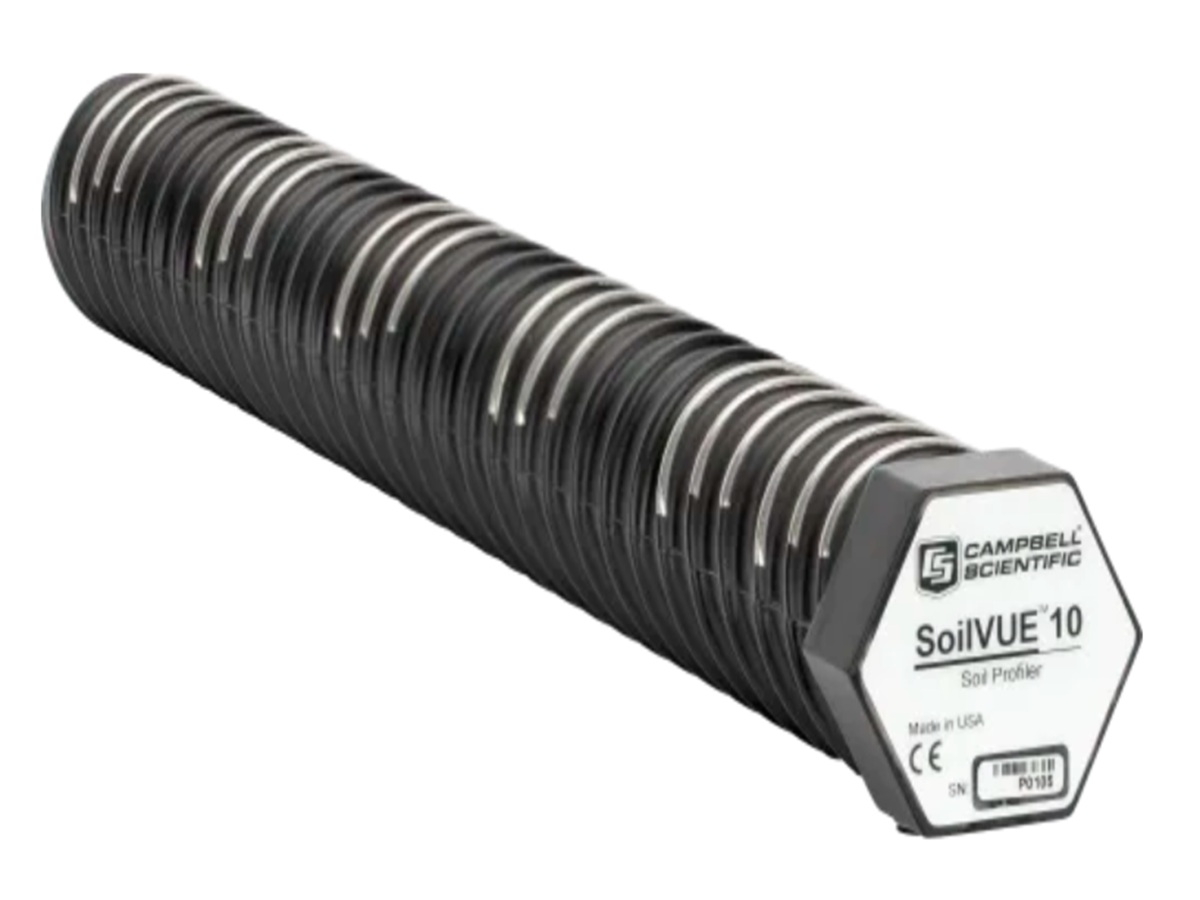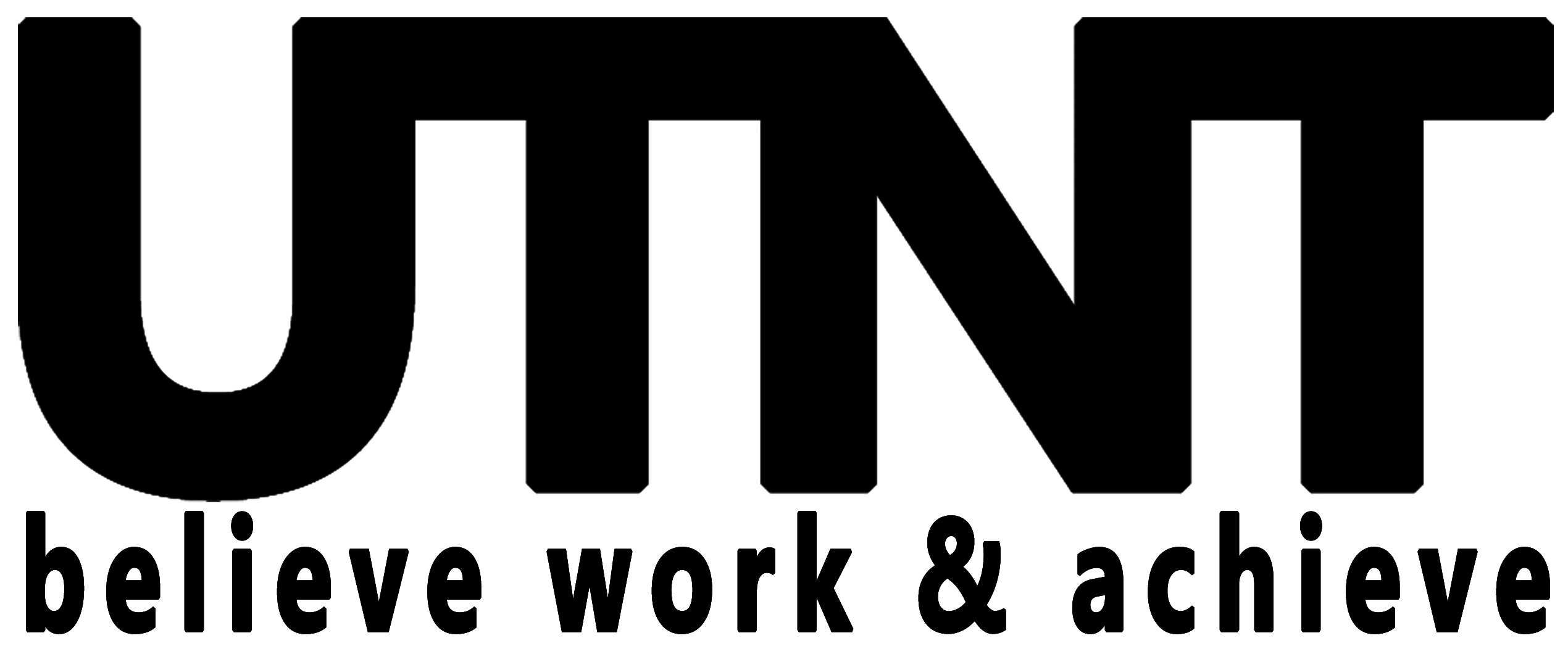Soil Profiling by UTNT
UTNT is a trusted solution provider in the field of soil profiling, offering advanced technologies to analyze and understand soil composition, structure, and health. UTNT’s soil profiling solutions empower farmers, environmentalists, and land developers to make informed decisions by providing precise data on soil characteristics.
By combining IoT sensors, data analytics, and cutting-edge visualization tools, UTNT enables users to explore the different layers of soil (horizons), including organic matter, topsoil, subsoil, and parent material. These insights help optimize land use, crop selection, irrigation, and fertilizer management.

Soil Profiling Monitoring with UTNT
Monitoring soil profiles is critical for sustainable agriculture, efficient resource management, and environmental conservation. UTNT offers real-time soil profiling solutions to track essential parameters and provide actionable insights for diverse applications, including farming, construction, and land restoration.
Key Parameters Tracked
- Physical Properties:
- Soil texture (sand, silt, and clay composition).
- Bulk density and porosity.
- Water retention and drainage capacity.
- Chemical Properties:
- pH levels for soil acidity or alkalinity.
- Nutrient levels (Nitrogen, Phosphorus, Potassium).
- Salinity and organic matter content.
- Biological Properties:
- Microbial activity and soil biodiversity.
- Organic carbon content.
- Moisture and Temperature:
- Soil moisture for irrigation management.
- Thermal conductivity and soil temperature for crop growth optimization.
Key Features
- In-Field Sensors:
- IoT-enabled sensors for real-time soil property measurements.
- Remote Monitoring:
- Access soil data remotely via mobile or web platforms for ease of management.
- Data Logging and Analytics:
- Historical data storage for trend analysis and soil health improvement planning.
- GIS Mapping and Visualization:
- Generate detailed soil maps showing spatial variations across land areas.
- Customizable Solutions:
- Tailored profiling solutions for different crop types, soil conditions, and geographical regions.
Benefits
- Improved Agricultural Productivity:
- Optimize crop yields by understanding soil fertility and nutrient requirements.
- Resource Efficiency:
- Reduce water and fertilizer usage by targeting specific soil needs.
- Cost Savings:
- Minimize input wastage and improve profitability through precise resource management.
- Sustainable Practices:
- Prevent soil erosion, degradation, and contamination for long-term land viability.
- Enhanced Decision-Making:
- Data-driven insights help farmers, builders, and policymakers plan effectively.
- Risk Mitigation:
- Identify and address soil deficiencies and toxicities before they impact productivity.
- Versatility:
- Solutions can be applied in agriculture, landscaping, construction, and environmental restoration projects.
